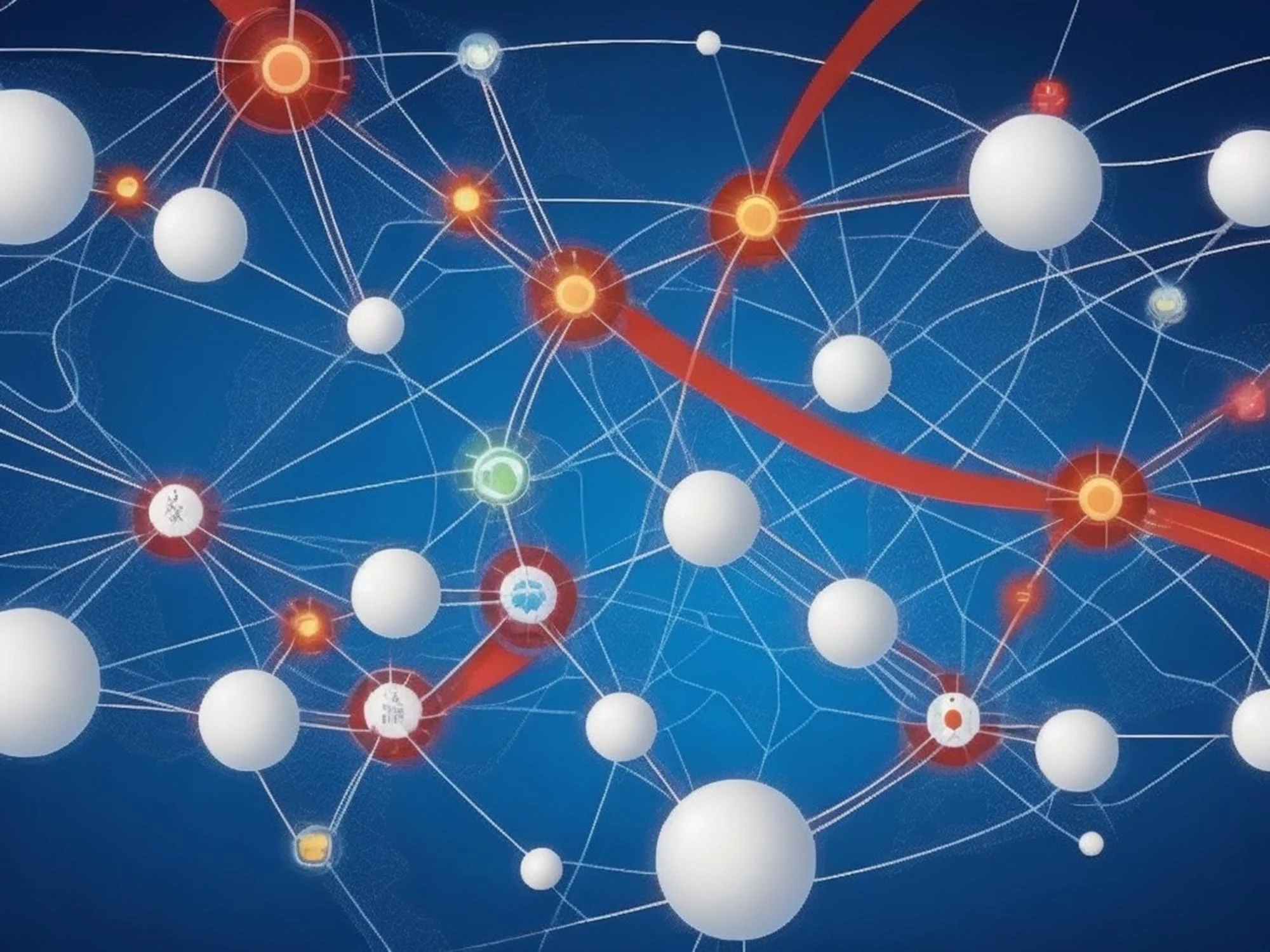Abstract
Recent studies have delved into the structural dynamics of homomeric kainate receptors (KARs), revealing intricate details of the intersubunit interfaces that play pivotal roles in the receptors’ function. The investigation, published in Scientific Reports (DOI: 10.1038/s41598-019-43360-x), employs fluorescence-based methodologies, providing insight into the conformational heterogeneity of these receptors across various states. This article synthesizes those findings with the broader landscape of glutamate receptor research, teasing out implications for future therapeutic development and basic neuroscience.
Introduction
Kainate receptors (KARs) are a subtype of glutamate-gated ion channels that are essential for excitatory synaptic transmission in the central nervous system. As such, they have direct implications for processes ranging from learning and memory to the progression of various neurological diseases. On October 23, 2020, an article published in Scientific Reports by Litwin et al. presented fascinating insights into the structural dynamics in homomeric KARs, particularly emphasizing the intersubunit interfaces within the receptors (DOI: 10.1038/s41598-019-43360-x).
Methodology and Findings
The research team, led by Douglas B. Litwin and Vasanthi Jayaraman at the Center for Membrane Biology within the University of Texas Health Science Center at Houston, leveraged advanced fluorescence-based techniques to scrutinize homomeric GluK2 receptors. They examined the receptors in various states—resting, antagonist-bound, active, desensitized, and ion-modulated—to determine the structural changes at intersubunit interfaces.
It was hypothesized that the dimer interface within the agonist-binding domain dictates the activation, desensitization, and ion modulation of KARs. This study confirmed that hypothesis, revealing significant structural alterations influenced by the presence of Na+ ions. By probing these configurations, the researchers furthered our comprehension of how KARs operate at the molecular level.
Broader Context and Prior Research
The importance of dissecting the intricacies of KAR structure and function cannot be understated. Past literature has established that dysregulated glutamate signaling, implicated by receptor malfunctions, can lead to severe neurological conditions such as epilepsy, ischemia, and neurodegeneration (Traynelis et al., 2010; Contractor et al., 2011). Ionotropic glutamate receptors, such as AMPA, NMDA, and kainate receptors, have been the subject of tireless investigation, aiming to understand their gating mechanisms and modulation by various ligands (Popescu, 2012; Bowie D., 2008).
Understanding desensitization and activation of these receptors holds particular therapeutic relevance. Desensitization refers to the phenomenon by which continuous or repeated exposure to a stimulus diminishes the response of the receptor, a vital mechanism for preventing over-excitation and excitotoxicity in neuronal cells (Meyerson et al., 2014; Twomey et al., 2017).
Implications for Therapeutic Development
The findings of Litwin et al. suggest several avenues for potential drug discovery efforts. Targeting specific conformations at the kainate receptor intersubunit interfaces, for example, might allow for the design of selective and effective modulators that can attenuate excessive neuronal activity without completely halting synaptic transmission—a balance crucial in treating epilepsy and other excitability disorders (Yelshanskaya et al., 2014; Zhu et al., 2016).
Discussion
The nuanced multistate examination of KARs performed by Litwin et al. has laid additional groundwork for the ongoing quest to fully characterize glutamate receptors. Required is a greater appreciation of the heterogeneity in receptor subtypes and their respective conformational dynamics under physiological conditions, which could ultimately translate to precision medicine approaches for neurological disorders (Yuan et al., 2015; Bowie D., 2008).
The research team’s use of fluorescence methods, likely single-molecule FRET and related techniques, as inferred from reference within the DOI article (Litwin et al., 2019; Shuang et al., 2014), have unlocked the potential for real-time observation of receptor dynamics. This methodological innovation positions the scientific community to further investigate the allosteric modulation of KARs and to validate models of receptor function generated through computational methods (Paramo et al., 2017; Musgaard & Biggin, 2016).
Conclusion
The structural elucidation of the intersubunit interfaces in homomeric kainate receptors by Litwin et al. represents a significant advancement in the understanding of the mechanisms underlying receptor modulation and desensitization. Their work adds to our knowledge, interwoven with the broader scholarship of glutamate receptor dynamics, and opens doors to targeted therapeutic interventions that could ameliorate a host of neurological ailments.
References
1. Litwin, D. B., Carrillo, E., Shaikh, S. A., Berka, V., Jayaraman, V. (2019). The structural arrangement at intersubunit interfaces in homomeric kainate receptors. Scientific Reports, 9, 6969. DOI: 10.1038/s41598-019-43360-x
2. Traynelis, S. F., Wollmuth, L. P., McBain, C. J., et al. (2010). Glutamate receptor ion channels: structure, regulation, and function. Pharmacological Reviews, 62(3), 405–496.
3. Popescu, G. K. (2012). Modes of glutamate receptor gating. The Journal of Physiology, 590(1), 73–91.
4. Bowie, D. (2008). Ionotropic Glutamate Receptors & CNS Disorders. CNS & Neurological Disorders – Drug Targets, 7(2), 129–143.
5. Yuan, H., Low, C. M., Moody, O. A., Jenkins, A., Traynelis, S. F. (2015). Ionotropic GABA and Glutamate Receptor Mutations and Human Neurologic Diseases. Molecular Pharmacology, 88(1), 203–217.
Keywords
1. Kainate receptors function
2. Glutamate receptor desensitization
3. Intersubunit interfaces
4. Structural dynamics in neurotransmission
5. Excitatory synaptic signaling mechanisms
